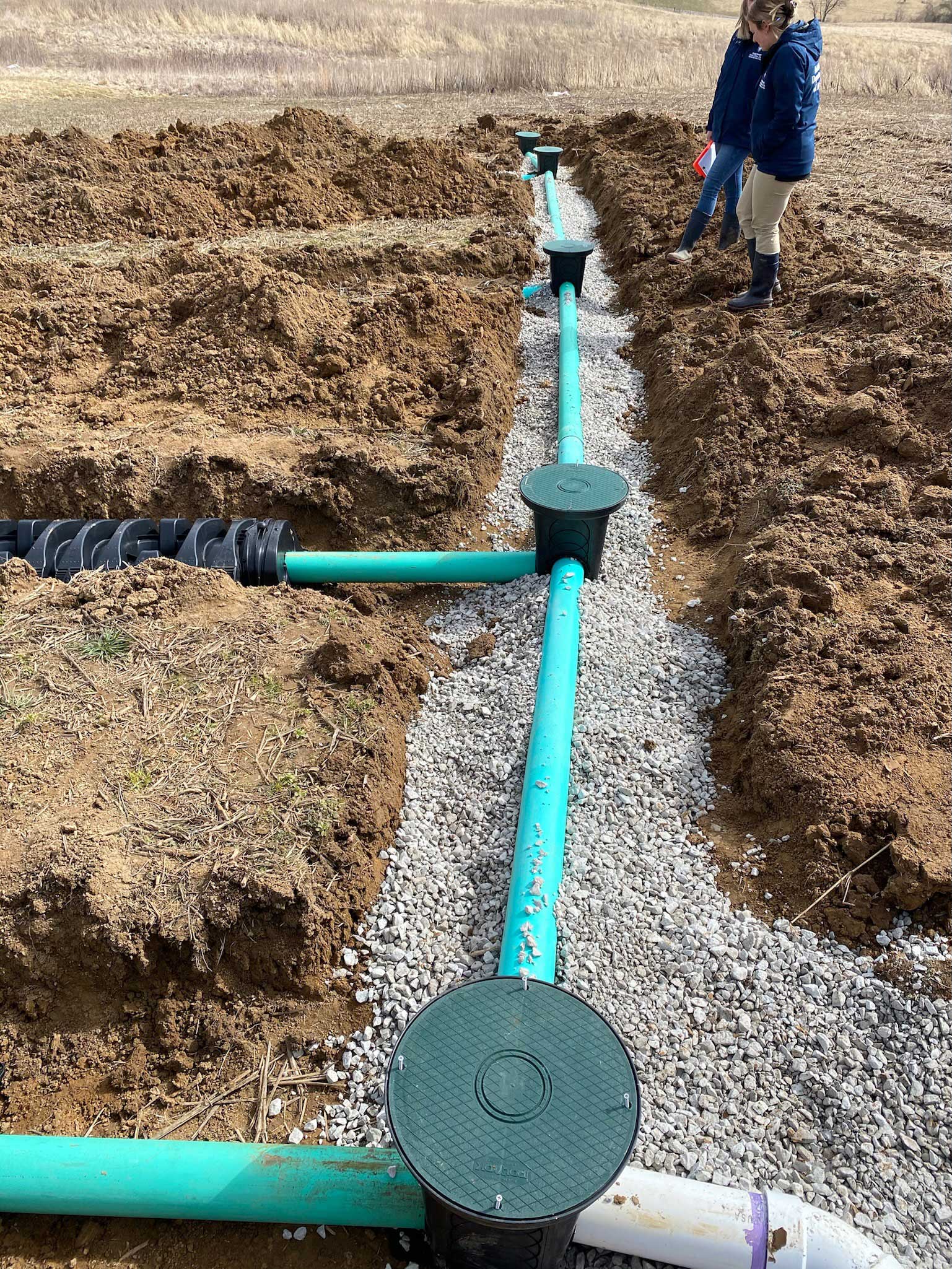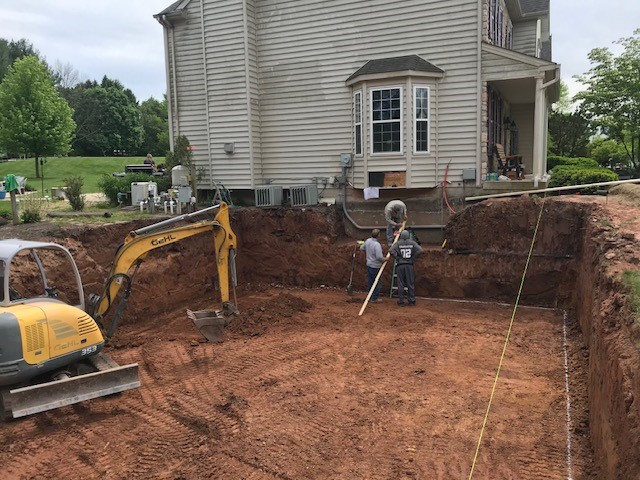Introducing the Art of Excavation: Pro Tips for Safe and Efficient Excavating
As soil is turned and earth is moved, the complexities of excavation expose themselves, demanding an eager understanding of equipment, soil composition, safety and security methods, and environmental considerations. The experience required to navigate these aspects properly can mean the distinction in between a successful excavation task and a possible calamity.
Importance of Appropriate Tools
To make sure the security and performance of any excavation job, utilizing the suitable tools is paramount. Excavation projects differ in range and intricacy, ranging from tiny residential landscape design work to large-scale construction undertakings.
Excavators are fundamental items of machinery in any excavating operation. These functional devices been available in various sizes to suit different job needs. Miniature excavators are suitable for smaller jobs, while bigger excavators deal with extra comprehensive projects efficiently. Backhoes are an additional essential equipment type, combining the functions of a loader and an excavator in one equipment. They are beneficial for tasks requiring flexibility and ability to move.
Bulldozers succeed in tasks that call for pushing large quantities of soil or debris. By investing in the ideal tools, excavation projects can be finished securely, on time, and with accuracy.
Comprehending Soil Composition
A detailed understanding of soil structure is basic for implementing excavation jobs with precision and safety. Comprehending the different types of soil is critical as it directly impacts excavation methods, devices selection, and general task effectiveness.
Silt fragments are smaller sized than sand but larger than clay, using moderate drainage and cohesion. Organic issue, such as decomposing plant material, impacts dirt fertility and stability.
Before starting excavation, conducting dirt examinations to determine its composition and attributes is necessary. This details helps in picking the suitable equipment, carrying out safety actions, and developing excavation methods tailored to the details dirt conditions - dump truck companies in ohio. By understanding dirt structure, excavation professionals can enhance job outcomes while making sure security and adherence to best methods
Security Procedures and Methods
Comprehending soil composition is the keystone upon which precaution and procedures for excavation jobs are constructed, making certain the well-being of workers and the success of the undertaking. When it concerns safety throughout excavation, there are a number of crucial procedures that must be implemented to reduce risks and protect against mishaps.
First and primary, prior to any type of digging starts, a complete assessment of the website must be conducted to determine any type of possible risks such as underground utilities, unstable dirt problems, or nearby structures that might position a threat. It is important to have a skilled individual look important site after the excavation process to make sure that all safety and security protocols are complied with strictly.
Additionally, all employees included in the excavation needs to be properly educated in risk-free digging practices and the correct operation of devices. By adhering to these safety and security steps and protocols, excavation jobs can be completed efficiently and without event.
Efficient Excavation Preparation
When getting started on an excavation project, meticulous planning is browse around these guys essential to ensure efficiency, safety and security, and successful outcomes. Efficient excavation preparation involves numerous vital actions that are important for the smooth implementation of the job.
When the website evaluation is complete, the next action is to develop a clear timeline and routine for the excavation tasks. This consists of figuring out the series of tasks, tools needs, and workforce allocation. Appropriate organizing aids avoid hold-ups and makes sure that the project remains on track.

In addition, communication amongst all employee is vital during the planning phase. Clear regulations, regular updates, and efficient control are vital for an effective excavation project. By spending time and effort in meticulous planning, excavation teams can dramatically enhance efficiency, lessen dangers, and accomplish successful outcomes.
Managing Ecological Considerations
With boosting emphasis on environmental sustainability in building practices, redirected here managing environmental considerations has ended up being a vital element of excavation tasks. Excavation activities have the possible to impact the surrounding atmosphere via soil erosion, sediment overflow, environment disturbance, and contamination of water sources. To minimize these dangers, it is important to implement best practices that prioritize environmental management.

In addition, proper waste management is vital to protect against soil and water contamination. Applying treatments for the disposal of unsafe products, recycling of waste materials, and reducing using unsafe chemicals can dramatically reduce the environmental effect of excavation tasks. By integrating these methods right into excavation planning and execution, building and construction companies can guarantee that their projects are not only secure and effective yet additionally ecologically accountable.
Final Thought
To conclude, mastering the art of excavation needs a comprehensive understanding of proper equipment, soil make-up, precaution, and efficient planning. By following these standards and thinking about environmental aspects, excavations can be performed securely and successfully. It is important to prioritize safety and security and performance in every excavating job to make sure successful end results.
As dirt is transformed and earth is moved, the details of excavation expose themselves, requiring an eager understanding of devices, soil make-up, safety methods, and environmental factors to consider.To ensure the safety and performance of any kind of excavation job, using the appropriate tools is extremely important.An extensive understanding of soil structure is basic for executing excavation jobs with precision and security. Understanding the various types of dirt is crucial as it directly affects excavation methods, equipment option, and total project performance. By recognizing dirt structure, excavation professionals can enhance task end results while making sure safety and adherence to best practices.